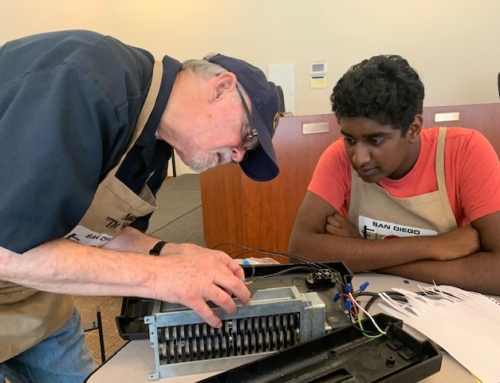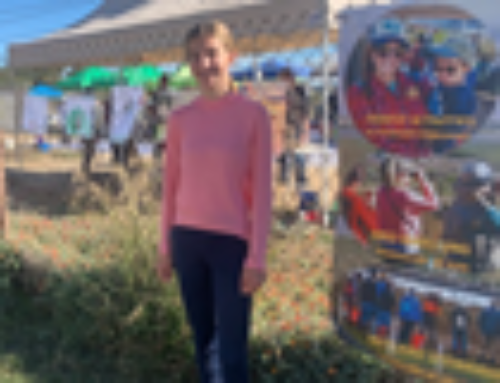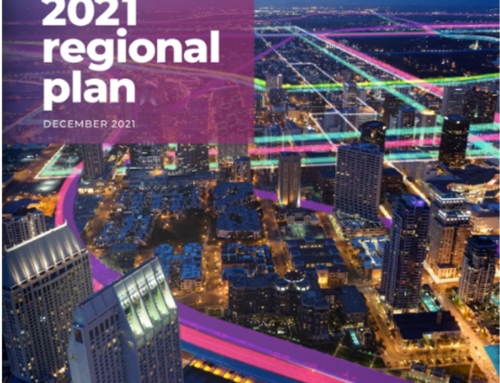The spark that ignited the idea of STAY COOL for GRANDKIDS was the birth of David and Peg Engel’s first grandchild, Violet, in 2012. That is why our mission has always been to mend our generation’s environmental legacy and speak for those who will be most impacted by climate change threats to human health, safety, and security. Climate change, together with other natural and human-made health stressors, influences human health and disease in numerous ways. Some existing health threats will intensify, and new health threats will emerge. Not everyone is equally at risk. Important considerations include age, economic resources, and location.
But climate change isn’t only about the future; children are at particularly high risk, right now. The effects of climate change on a child’s health include:
- Physical and psychological stress and disruption from weather disasters (e.g. hurricanes, flooding, wildfires)
- Increased heat stress
- Decreased air quality from ozone pollution and, in some areas, air pollution associated with wildfires
- Altered vector-borne disease patterns
- Food, water, and nutrient insecurity
Pediatricians are already seeing the effects of climate change in their patients. With shorter winters, outdoor allergy seasons are longer and warmer. This worsens allergies and increases the chances of asthma symptoms. Ozone Action Days are becoming more frequent as emergency departments receive more asthma-related admissions each year. Ozone is produced from heat interacting with the exhaust from cars and trucks, and more hot days mean more ozone. When we talk about “climate refugees”—those people who cannot sustain life any longer in their place of origin—imagine the faces of all the children whose social foundations are threatened by community and global instability, mass migrations, and increased conflict. Given this knowledge, failure to take prompt, substantive action would be an act of injustice to all children.
In an August 13, 2019 article posted by Think Progress.org, air pollution, especially one type that is worsening with global warming, can accelerate lung disease as quickly as smoking a pack of cigarettes a day. The study published on August 13 in the journal JAMA by researchers at the University of Washington, Columbia University, and the University at Buffalo, doubles down on the link between air pollutants and lung disease. It also emphasizes the connection between the lung ailment emphysema and pollution from ground-level ozone, the main ingredient in smog (not to be confused with the stratospheric ozone layer). Chronic lower respiratory disease is the fourth leading cause of death in the United States, and the third leading cause worldwide. While other air pollutants are largely decreasing nationwide, ozone is increasing — with severe public health ramifications. The 18-year study tracked more than 7,000 people of various ethnicities and races between 2000 and 2018 across six major metropolitan areas. Researchers found that if an individual’s exposure to ozone pollution increased slightly (by 3 parts per billion) that was “significantly associated” with an increased risk of emphysema over a decade — the equivalent of smoking one pack of cigarettes every day for 29 years.
Are we doing well in San Diego County? When considering ozone air pollution, the answer is surprisingly “No.” The February 2017 Climate Change and Health Profile from the California Department of Public Health illustrates that each California county will experience the health impacts of climate change uniquely (see Table 1). San Diego County will face extreme heat and more air pollution associated with ozone and wildfires.
TABLE 1

FIGURE 1

The CDC’s Building Resilience Against Climate Effects (BRACE) framework is a five-step process that allows health officials to develop strategies and programs to help communities prepare for the health effects of climate change (Figure 1). Part of this effort involves incorporating complex atmospheric data and both short and long-range climate projections into public health planning and response activities. Combining atmospheric data and projections with epidemiologic analysis allows health officials to more effectively anticipate, prepare for, and respond to a range of climate sensitive health impacts.
Five sequential steps comprise the BRACE framework:
Step 1: Anticipate Climate Impacts and Assessing Vulnerabilities
Identify the scope of climate impacts, associated potential health outcomes, and populations and locations vulnerable to these health impacts.
Step 2: Project the Disease Burden
Estimate or quantify the additional burden of health outcomes associated with climate change.
Step 3: Assess Public Health Interventions
Identify the most suitable health interventions for the identified health impacts of greatest concern.
Step 4: Develop and Implement a Climate and Health Adaptation Plan
Develop a written adaptation plan that is regularly updated. Disseminate and oversee implementation of the plan.
Step 5: Evaluate Impact and Improve Quality of Activities
Evaluate the process. Determine the value of information attained and activities undertaken.
More in-depth information about the BRACE framework can be found in the document titled Building Resilience against Climate Effects—A Novel Framework to Facilitate Climate Readiness in Public Health Agencies. An animated video describing the BRACE framework is also available.
Intergenerational equity is the heart of STAY COOL and we work to educate and convert those who put the well-being of current generations ahead of future generations. In November 2017, Judge Ann Aiken of the Ninth Circuit Court of Appeals ruled that climate change may pose an unconstitutional burden on younger generations. She said, “Exercising my ‘reasoned judgment,’ I have no doubt that the right to a climate system capable of sustaining human life is fundamental to a free and ordered society.” https://www.ourchildrenstrust.org/juliana-v-us
What can you do? Speak out against those policies and programs that would increase the number of vehicles on the road. Idling in traffic causes even more air pollution, and that is what happens when we expand development in areas that do not have public transit options. Write to you County Board of Supervisor and let them know that you are thinking about generations that come after us, not just those who are here now. https://www.sandiegocounty.gov/general/bos.html If you would like help with your comments, you are welcome to contact us at info@staycool4grandkids.org.



